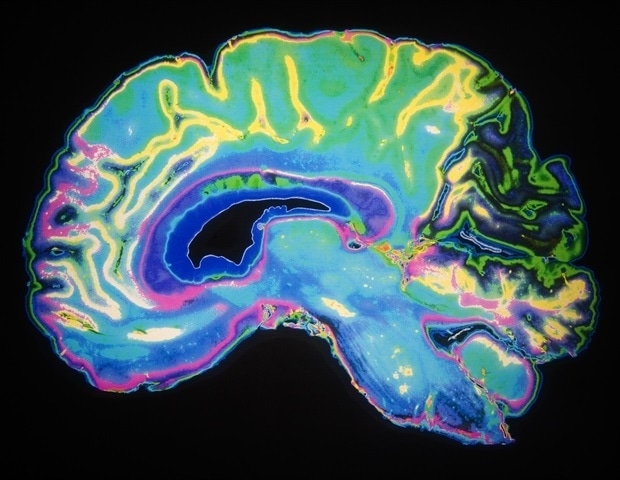
Robotic physiotherapy—the integration of robotic technology with traditional rehabilitation—is transforming how patients recover from musculoskeletal and neurological impairments. In Bangladesh, this emerging field is gaining traction, promising more effective therapy, improved access, and better patient outcomes. Robotic physiotherapy enhances motor recovery by delivering repetitive, accurate, and customised movements.
Devices such as exoskeletons, robotic gait trainers, and assistive robotic arms aid in neurological, orthopaedic, and paediatric rehabilitation. Conditions such as stroke, spinal cord injuries, joint replacements, cerebral palsy, and muscular dystrophy benefit significantly from this approach. In Bangladesh, several recent initiatives signal growing interest.

China has announced the establishment of a robotic physiotherapy centre, initially serving victims of the July uprising. Local physiotherapists will be trained to operate the technology, fostering long-term capacity building. Additionally, devices like the Grip Strength Robotic System (SY-HRC11) and hand rehabilitation gloves are now available locally, facilitating home-based therapy for stroke and mobility-impaired patients.
Innovations in affordable bionic limbs also mark progress toward inclusive, tech-driven rehabilitation. However, challenges remain: high costs, lack of trained personnel, and infrastructural limitations hinder widespread adoption. Strategic investment and training programmes are essential for scaling up robotic rehabilitation.
Globally, robotic rehabilitation is booming. Valued at $428 million in 2024, the global market is projected to reach $50 billion by 2033. Ageing populations, healthcare workforce shortages, and AI-driven innovations fuel this growth.
In the UK, for example, researchers at the National Robotarium have developed "ARI"—a rehabilitation robot to support overburdened NHS services. As Bangladesh embraces this future-forward approach, collaboration with the private sector, international partners, and the healthcare community will be crucial. With the right support, robotic physiotherapy could revolutionise rehabilitation and redefine recovery across the nation.
The writer is the Head of the Physiotherapy Department at Ashulia Women & Children Hospital. Email: [email protected] Robotic physiotherapy—the integration of robotic technology with traditional rehabilitation—is transforming how patients recover from musculoskeletal and neurological impairments. In Bangladesh, this emerging field is gaining traction, promising more effective therapy, improved access, and better patient outcomes.
Robotic physiotherapy enhances motor recovery by delivering repetitive, accurate, and customised movements. Devices such as exoskeletons, robotic gait trainers, and assistive robotic arms aid in neurological, orthopaedic, and paediatric rehabilitation. Conditions such as stroke, spinal cord injuries, joint replacements, cerebral palsy, and muscular dystrophy benefit significantly from this approach.
In Bangladesh, several recent initiatives signal growing interest. China has announced the establishment of a robotic physiotherapy centre, initially serving victims of the July uprising. Local physiotherapists will be trained to operate the technology, fostering long-term capacity building.
Additionally, devices like the Grip Strength Robotic System (SY-HRC11) and hand rehabilitation gloves are now available locally, facilitating home-based therapy for stroke and mobility-impaired patients. Innovations in affordable bionic limbs also mark progress toward inclusive, tech-driven rehabilitation. However, challenges remain: high costs, lack of trained personnel, and infrastructural limitations hinder widespread adoption.
Strategic investment and training programmes are essential for scaling up robotic rehabilitation. Globally, robotic rehabilitation is booming. Valued at $428 million in 2024, the global market is projected to reach $50 billion by 2033.
Ageing populations, healthcare workforce shortages, and AI-driven innovations fuel this growth. In the UK, for example, researchers at the National Robotarium have developed "ARI"—a rehabilitation robot to support overburdened NHS services. As Bangladesh embraces this future-forward approach, collaboration with the private sector, international partners, and the healthcare community will be crucial.
With the right support, robotic physiotherapy could revolutionise rehabilitation and redefine recovery across the nation. The writer is the Head of the Physiotherapy Department at Ashulia Women & Children Hospital. Email: [email protected].















